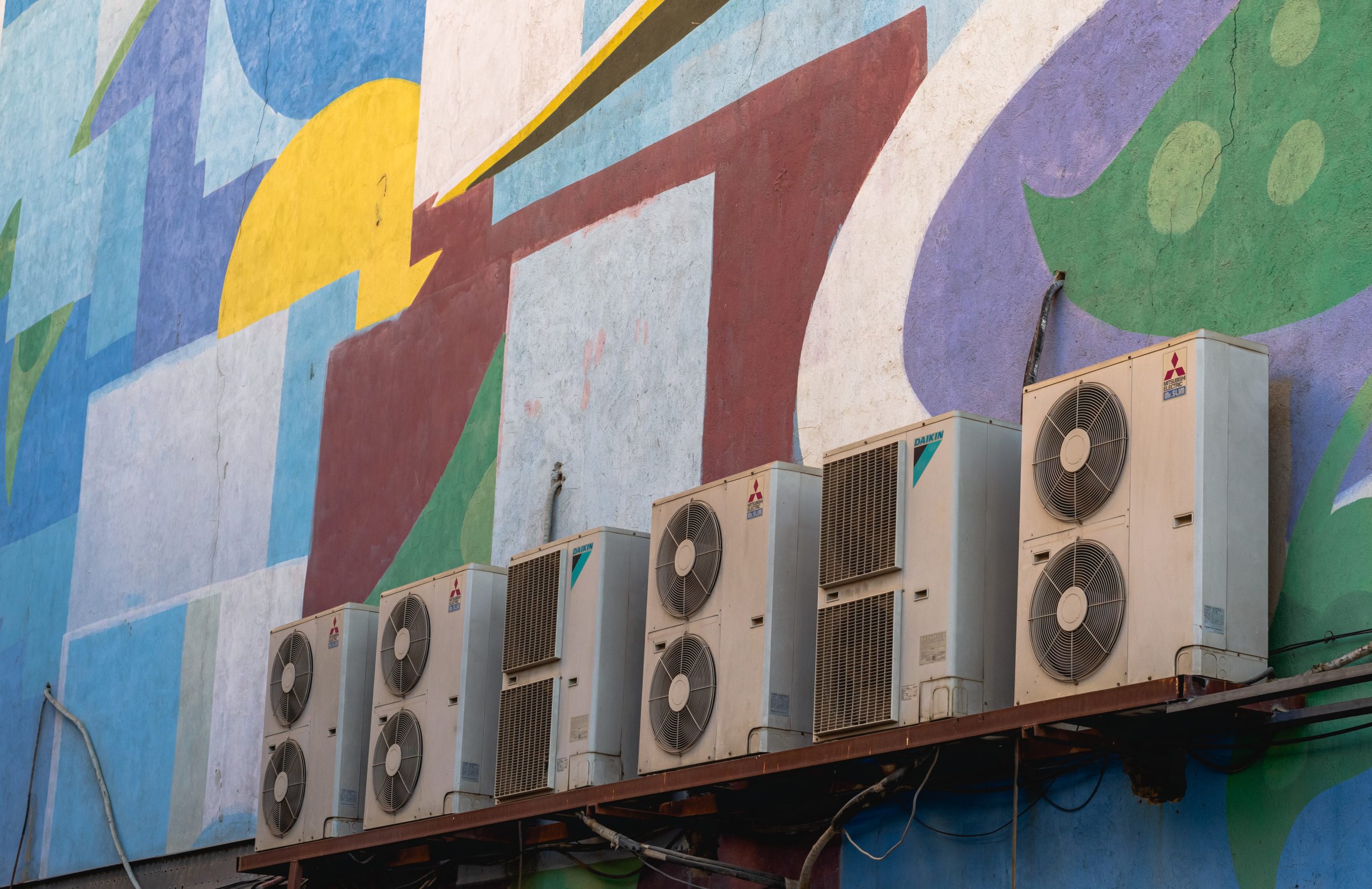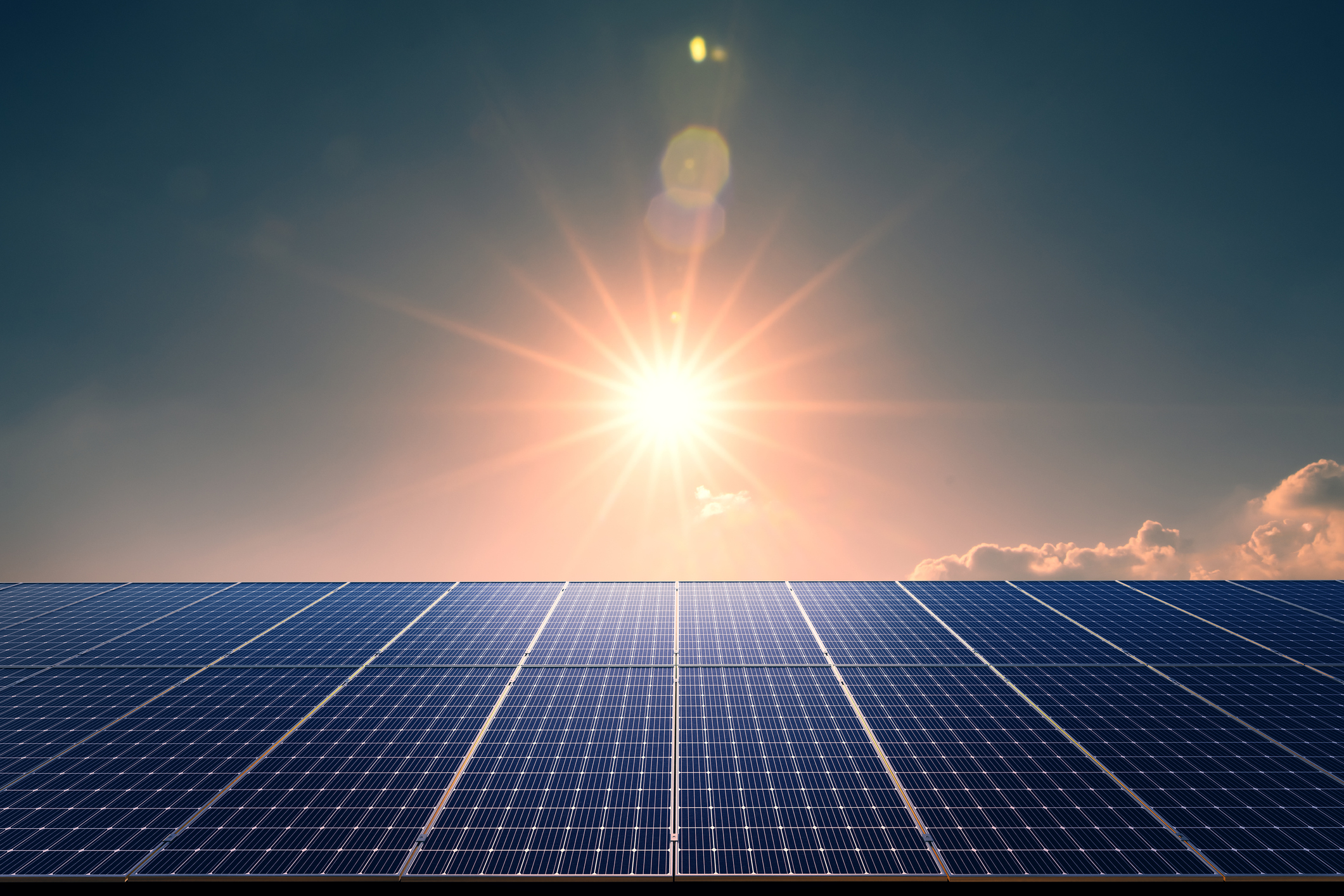Whether through the decreasing costs of renewable energy, the impacts of the Inflation Reduction Act (IRA), declining project and technology costs, high electricity and demand charges, and evolving prosumer interest, the energy landscape is radically changing. Point in case: Frost & Sullivan’s recent analysis, Growth Opportunities in Distributed Energy, Forecast to 2030, finds that the rate of annual investment in distributed energy resources (DERs) will increase by 75% by 2030, with residential photovoltaic solar systems accounting for 49.3% of total investment ($419 billion). While electrification efforts have created new challenges for utility operators, these same technologies present opportunities to both strengthen the grid and lower energy costs. Still, for many, the prospect of personal solar is still a dream. Fortunately, community solar programs have begun popping up as a response to the just energy transition. So what does this mean for your utility operation?
What is Community Solar?
Community solar also referred to as shared solar, solar gardens, or community distributed generation, is the sharing of renewable energy from a centralized solar photovoltaic (PV) system. As of this writing, a quick Google search yields multiple instances of these types of equity projects in the U.S. alone. For example, state the state government in New Mexico is working to develop community solar to benefit low-moderate-income households by providing them with access to affordable, renewable energy. As distributed generation and customer demand for solar grows, communal renewable installations present an opportunity for utilities to help their less fortunate customers while enhancing grid resilience and efficiencies.
Who Manages Community Solar
So far, community solar projects are a locally-organized program that can be started or owned by a utility, a nonprofit, or a “special-purpose” entity. By special-purpose entity, we mean any company created specifically for the purpose of building and owning a community solar project. Solar communities typically work on a subscriber-based model, in which utility members “subscribe” and receive a portion of the power generated while paying a monthly subscription fee, which varies depending on the installation. Over 25 states in the U.S. enable community solar projects to benefit users through a utility billing mechanism called virtual net metering allowing residential and commercial utility customers who generate their own electricity from on-site solar power to send excess renewable energy back to the grid as well as utilize energy from the grid.
The Economics of Solar
While solar energy continues to grow in accessibility and popularity, the average cost of solar panels is decreasing. According to the Solar Energy Industries Association (SEIA), residential solar panel systems have dropped in price by an annual average of more than 60% over the past decade from upwards of $50,000 for a 6-kilowatt-hour (KWh) system in 2011 to between $16,000 and $21,000 in 2022. Unfortunately, installing solar panels isn’t an option for many, either through economics, access to reliable sunlight, or property ownership. For the two-thirds of energy consumers who either don’t own their homes, have roofs that are shaded or not appropriately oriented, or have difficulty financing standalone photovoltaic systems — community solar programs offer a way to participate in the renewable energy revolution while saving money.
The Value of Community Solar
Community solar has huge benefits for consumers, utility providers, cities and towns, and for combating climate change. Once built, this clean energy solution is available to anyone and features no upfront cost to participants while lowering their utility bills. It also supports local economies, promotes energy independence, and strengthens the power grid as an existing energy asset useful in demand flexibility management.
Lowered Bills
The most obvious and attractive benefit of community solar is the savings passed on to utility customers through accessing affordable, renewable energies. These savings can add up for customers, especially during sunnier months. For example, saving just 10% on an electricity bill in the contiguous United States can be anywhere from $96.29 a year in Utah to $193.86 in Connecticut, according to the US Energy Information Administration’s 2021 data. Furthermore, if your area uses time-of-use rates, can benefit from lowered expenses during high times of peak demand. In doing so, customers are helping utilities meet the decarbonization efforts needed to mitigate climate change and meet regulations. As an energy asset, community solar decreases the overall load for utility providers, while providing excess solar to offset peak demand on sunny days.
Opening Up Opportunities for Virtual Power Plants
Community solar accelerates the transition to virtual power plants (VPPs). Since community solar assets aggregate customers, these assets are an immediately scalable distributed generation resource. Because much of the focus of virtual power plants is to provide clean energy, solar communities have opportunities in this market — which are expected to grow at a CAGR of 32.89% and reach USD 6.47 billion during the forecast period of 2021-2028.
Helping Housing Prices
On average, U.S. homes with solar sell for 4.1% higher than those without adding immediate value to the area making it a sell for developing or redeveloping neighborhoods. If you’re going to do any community improvement project, studies show that solar gives the best return on investment. Since these arrays can be built on a larger scale (which is typically cheaper) in places better suited to solar production. Instead of placing panels on roofs oriented in less-than-ideal directions, or cutting down trees to eliminate shade, solar panel systems can be sited in ideal locations. That means cheaper, highly performing solar in a community than would otherwise that enhance the communities they inhabit.
Community Solar Conclusion
Advancements in technology will continue to drive and shape the future of DERs and the role utilities can play, including the integration of multiple DER resources through distributed energy resource management systems (DERMS), sophisticated pricing and interaction with the grid, and the explosion of the electric vehicle market. To keep pace with rapidly growing DER markets, utilities will need to participate in the change by getting actively involved in providing the latest technologies and programs, including energy efficiency, community solar, and the enablement of electric vehicle-managed charging solutions. Through community solar, energy customers will benefit, while providing valuable resources to utility demand flexibility programs, creating a reciprocal relationship that benefits everyone involved.






